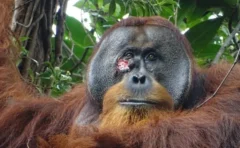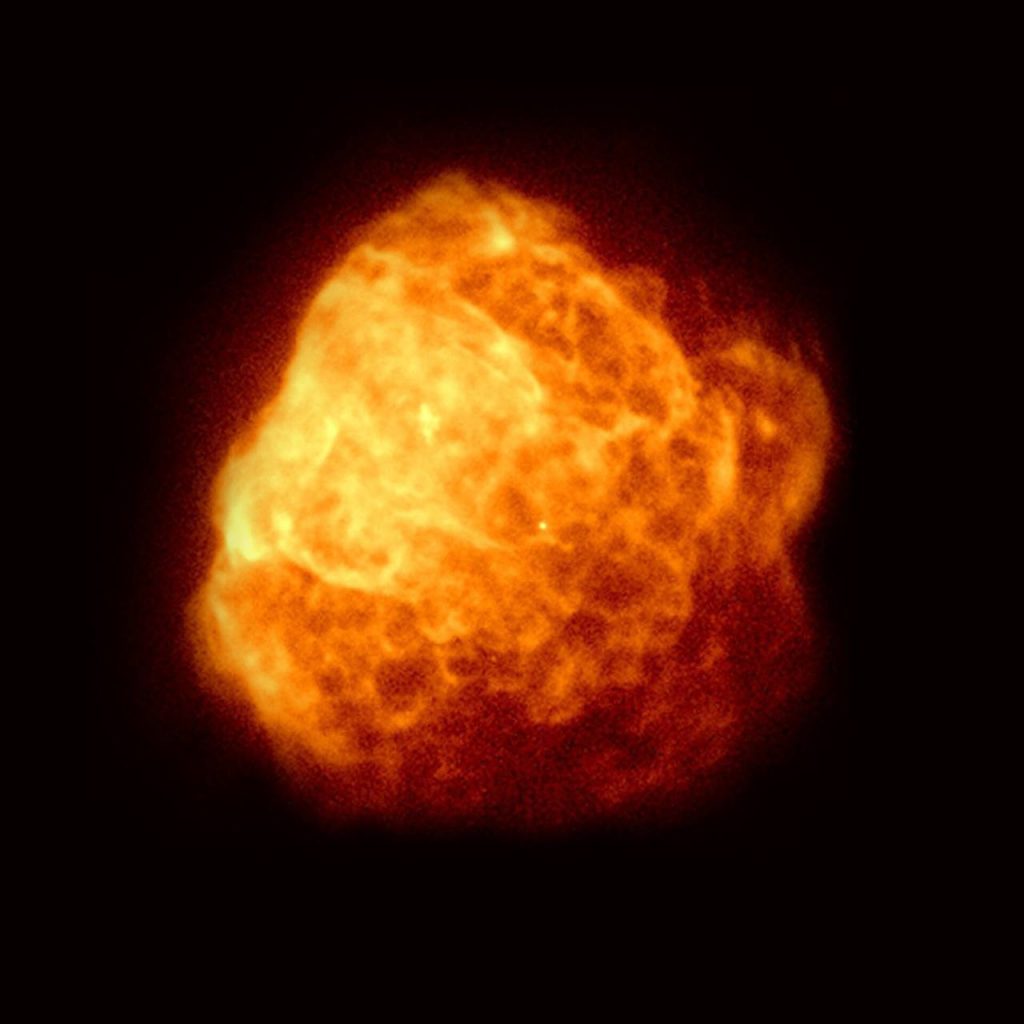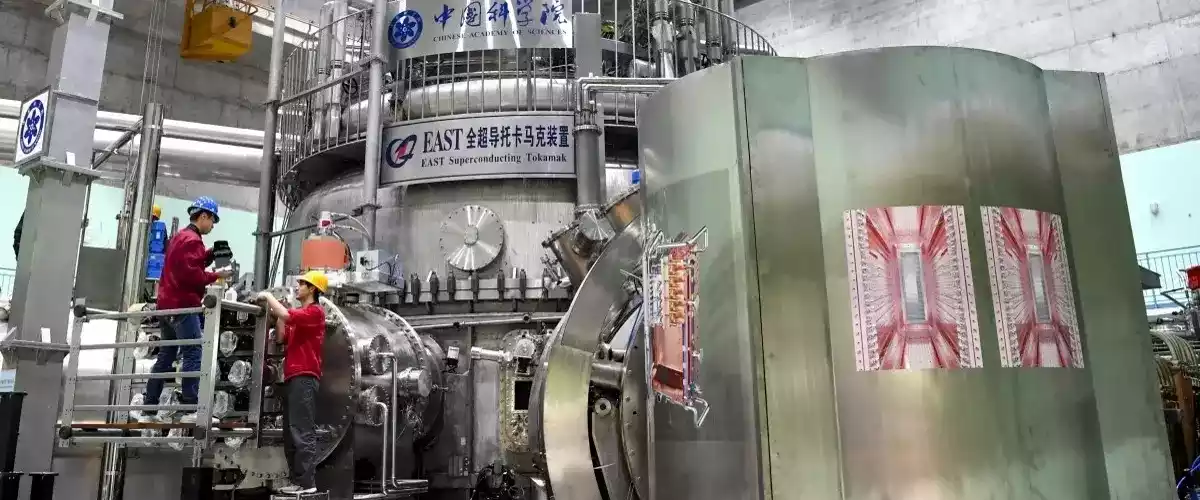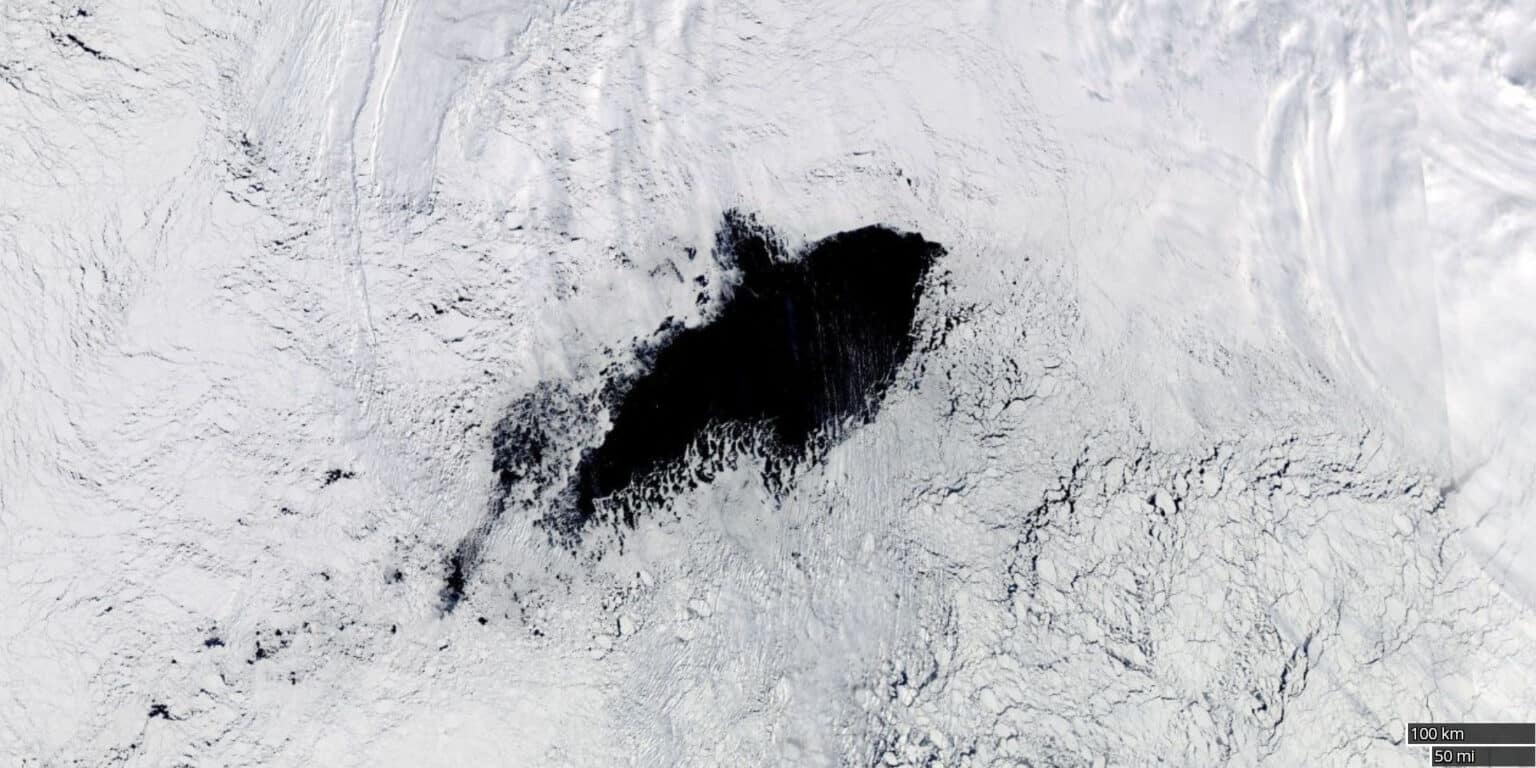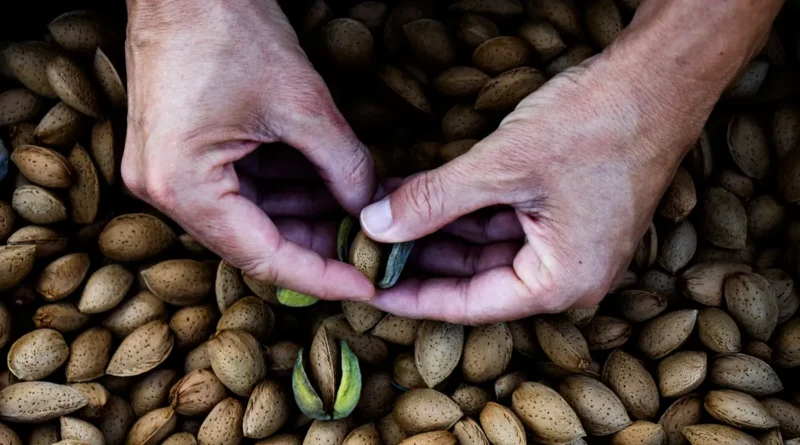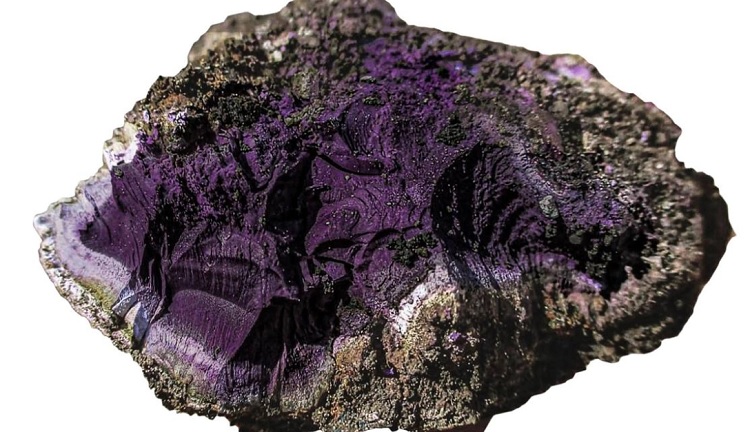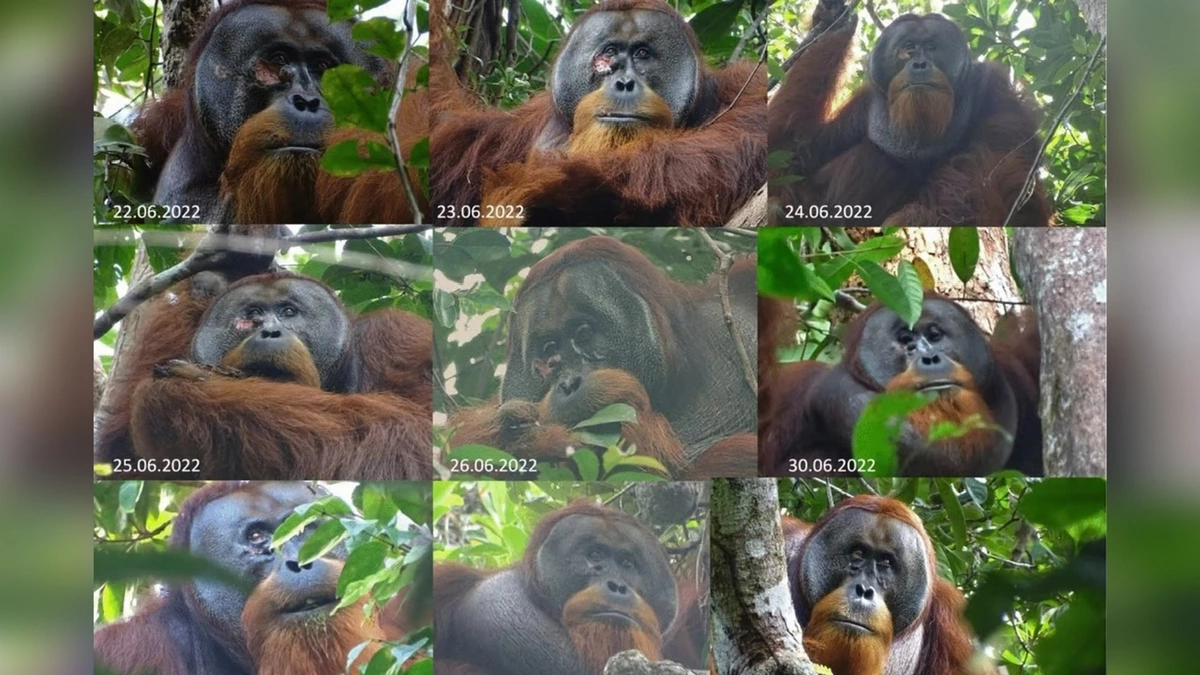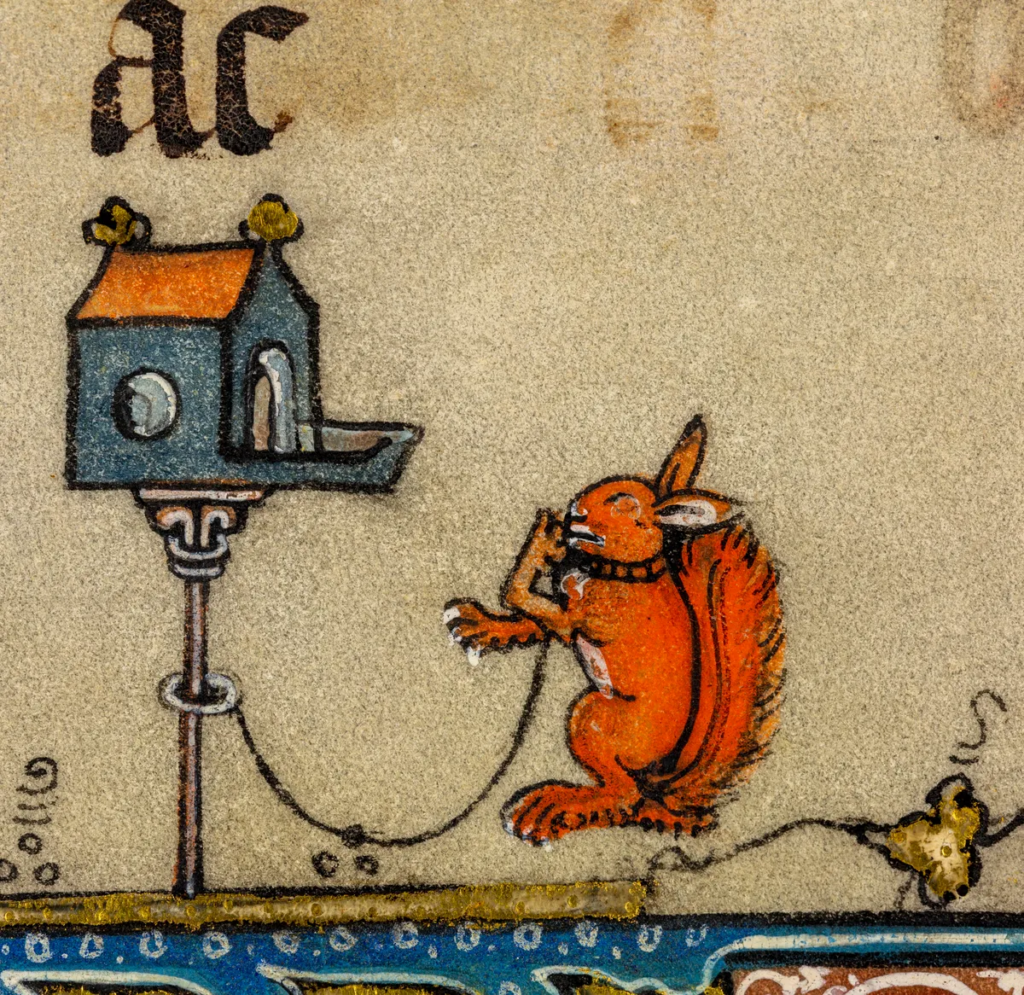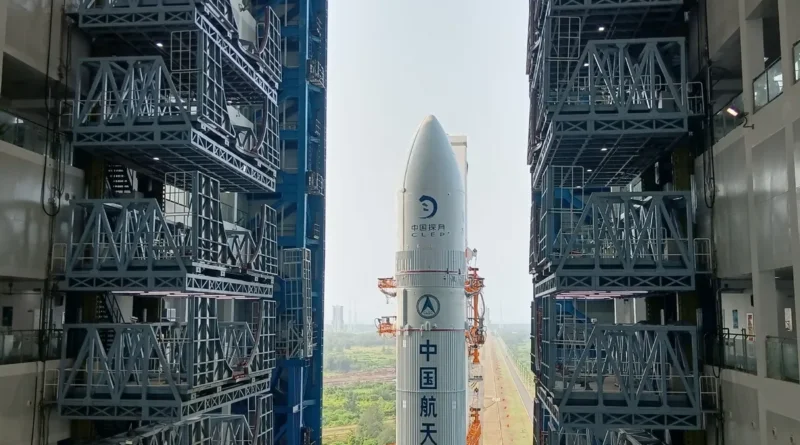Asteroid Kamoaleva with a diameter of approximately 50 meters is a permanent quasi-satellite of the Earth. Its composition is not similar to other similar objects, but it is similar to the Moon. Astronomers were able to explain the origin of the asteroid and even find the lunar crater that became its "ancestor".
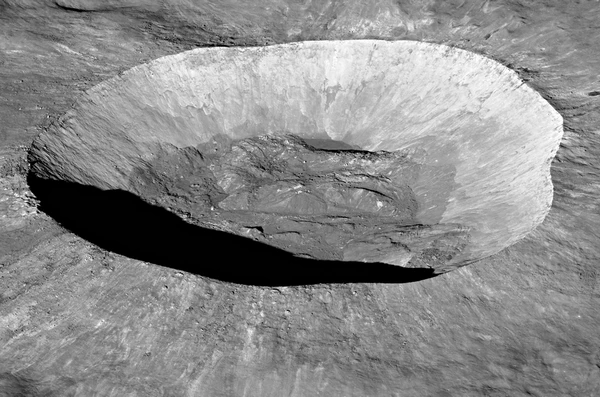
Giordano Bruno Crater on the Moon. Apparently, it was in this collision that the Kamoaleva asteroid was formed / © NASA
Of the 34 known near-Earth asteroids, only a few dozen fly in an orbit close to Earth's. The trajectories of the rest only cross the outskirts of the Earth's orbit. Most of those that "fly" in orbit next to our planet are objects from the Asteroid Belt, located between the orbits of Mars and Jupiter. These are mostly carbon (class C) and silicon (class S) asteroids. Asteroid Kamoalev does not look like them at all.
This asteroid was discovered in 2016. It flies in an orbit around the Sun, but in the same "rhythm" as the Earth (in 1:1 resonance). And close to the planet. Therefore, although Kamoaleva does not revolve around the Earth, due to its trajectory it looks like a satellite - a quasi-satellite.
Special interest in it flared up in 2021. Data collected by the LBT observatory showed that Kamoalev is more similar in composition to the Moon than to a typical asteroid. To verify the version about the lunar origin, an international group of astronomers resorted to computer simulations. The results are published in the journal Nature Astronomy.
The goal was to find the parameters of an asteroid collision with the lunar surface, during which a debris the size of Kamoaleva could be formed. In addition, this debris had to escape from the gravity of the Moon. It turned out that an asteroid with a diameter of 36-60 kilometers is needed for the formation of such a high-speed debris with a diameter of 0,78-1,44 meters. A crater with a diameter of 10-20 kilometers should have remained from the impact event.
It is noteworthy that at the same time the average speed of rotation of the fragments that flew out was close to the abnormally high speed of rotation of Kamoalev. However, such rotation can be explained in another way. For example, by the YORP effect and collisions with other asteroids.
There are tens of thousands of craters with a diameter of more than 10 kilometers on the Moon, but most of them are billions of years old. Quasi-satellites are not viable. Their lifetime is about 10 million years, in unique cases - about 100 million years. They either fly away, or collide with each other and collapse, or fall to the Earth, the Moon, or the Sun. So, Kamoaleva is quite "young". But there are only a few dozen "young" craters of similar diameter on the Moon.
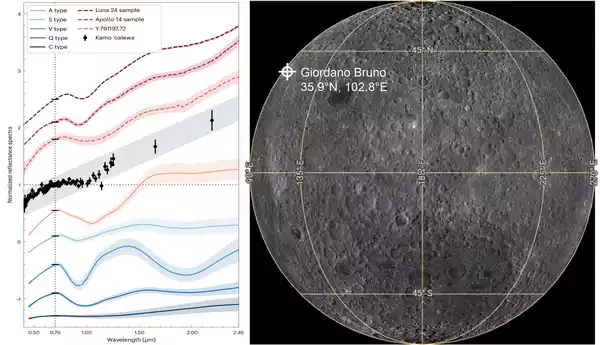
Left: comparison of the reflected spectrum of asteroid Kamoalev with asteroids of different types (solid lines), samples from the Moon collected during the Apollo 14 and Moon 24 missions, and the Yamato-791197,72 meteorite, a lunar fragment (dashed lines) . Right: location of the lunar crater Giordano Bruno, the probable "father" of Kamoalev / © Yifei Jiao et al, Nature Astronomy (2024)
The youngest of the corresponding lunar craters is the Giordano Bruno crater with a diameter of 22 kilometers and an age of 1-10 million years. The composition of Kamoaleva is similar to the material from the crater. What's more, the asteroid's material resembles samples collected by the Soviet Luna-24 mission, which are believed to have included material from this crater.
Scientists ran the model using Giordano Bruno parameters. It was formed by the fall of a body with a diameter of 1,66 kilometers. At the same time, 100-400 fragments with a diameter of more than 36 meters should have formed. Of them, as the model showed, only 10% to 40% "survive" during the next 18 million years (the further, the fewer those who "survived"). It turns out that 50-120 of the 300 primary fragments of the Giordano Bruno crater can fly near the Earth.
Kamoaleva is very "lucky" after all, because of all the fragments, only a fraction of a percent reach an orbit similar to the orbit of this asteroid. At best, if the collision happened only a million years ago, Kamoalev may have two "brothers".
There is nothing surprising in the fact that all these fragments have not yet been discovered. According to researchers' estimates, only 1% of near-Earth asteroids of this size have been "caught" to date.
All this makes the future Chinese mission "Tianwen-2", the launch of which is planned for 2025, even more attractive. The apparatus will go right to Kamoalev, collect its samples and return to Earth with them. Given the fact that the asteroid can withstand rapid rotation, it is probably a monolithic object, and not a "pile" of gravel, like asteroids Bennu and Itokawa. Mankind has never explored such monolithic asteroids.


 307
307

